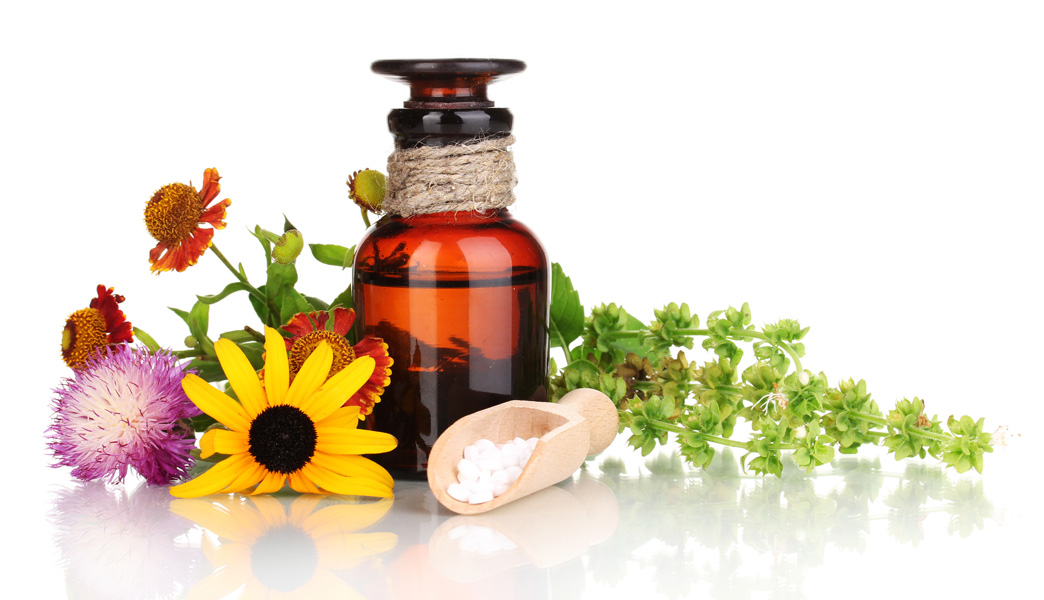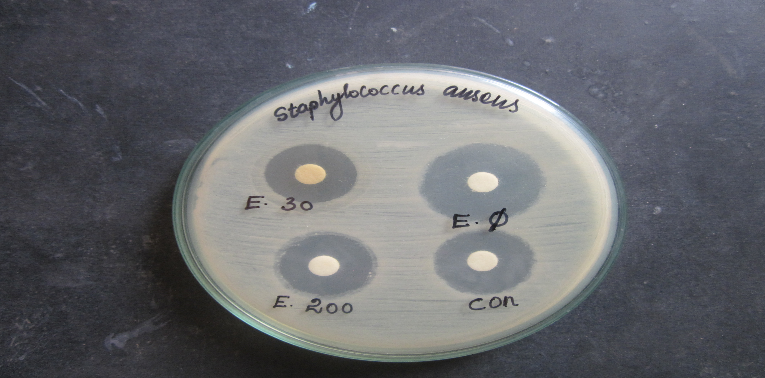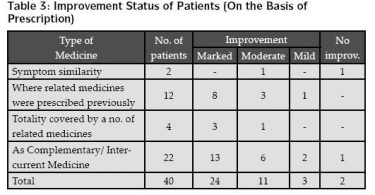
IN –VITRO STUDY OF STAPHYLOCOCCUS AUREUS GROWTH INHIBITION WITH ECHINACEA ANGUSTIFOLIA
Dr.Jayasree.V1, Dr. M. Murugan, M.D (Hom) 2
1 PG Scholar, Department of Organon of Medicine and Homoeopathic Philosophy.
Sarada Krishna Homoeopathic Medical College, Kulasekharam
2 Professor and Head, Department of Organon of Medicine and Homoeopathic Philosophy.
Sarada Krishna Homoeopathic Medical College, Kulasekharam
Email: [email protected] PH.No: 9698526923
Corresponding author: Dr. JAYASREE.V
ABSTRACT
Introduction: Echinacae is a widely used herbal medicine and one among the three species of Echinacae is Echinacea angustifolia. It has been identified as having anti-inflammatory, antioxidant, antimicrobial and antiviral properties and also an immune-strengthening agent. Staphylococcus aureus with antibiotic (methicillin) resistance shows high incidence in a nosocomial environment, and so the preventive measures are challenging. This study throws light on the antibacterial effects of different potencies and tincture of the drug Echinacae angustifolia which was assessed in vitro in a culture media.
Methodology: Pure culture of Staphylococcus aureus was purchased from the laboratory and the study was conducted in the Research Laboratory in an aseptic condition. Homoeopathic medicines Echinacea angustifolia Q, 30 and 200 with an alcoholic control was administered to the culture medium. Plain discs medicated with various potencies are placed in Muller Hinton media for incubation at 37oC for 24 hrs and then assessed by the zone of inhibition happens around the disc. Later MIC was done by broth dilution assay, on measuring the OD using the spectrophotometer.
Result: The antimicrobial activity of Echinacae against Methicillin Resistant Staphylococcus aureus was found to be more in Mother tincture followed by 200th and 30th potency than the control.
KEYWORDS: In-vitro, Methicillin Resistant Staphylococcus aureus, Echinacea angustifolia, spectrophotometre.
INTRODUCTION
Echinacea is a medicinal plant belongs to the family of asteracea or compositae. Echinacea’s roots and leaves has been traditionally used for medicinal purposes. The three species of Echinacea are used as herbal supplements. Echinacea has been identified as having anti-inflammatory, antioxidant, and antiviral properties and as an immune-strengthening agent. This makes it a very popular herbal supplement that is available in many commercial products. In Homoeopathy, Echinacea tincture is used externally as an antiseptic wash and it is used internally in a potentised form and it is called as a corrector of blood dyscrasia.
Medicinal species in Echinacea:
1. Echinacea Angustifolia (Narrow leafed purple cone flower)
2. Echinacea Pallida (Pale purple cone flower)
3. Echinacea Purpurea (Purple cone flower)
Chemical constituents:
The main caffeic acid derivatives (Caftaric acid, chlorogenic acid and echinacoside) in Echinacea angustifolia has been functionally linked to anti-inflammatory and wound healing properties of Echinacea, when applied topically. Echinacea angustifolia roots contain echinacoside, a natural antibiotic comparable to pencillin in effect, which can kill broad range of viruses, bacteria, fungi and protozoa.
Pharmacological actions:
• Anti-inflammatory activity
• Antioxidant activity
• Anti-immunosuppressant activity
• Anti-microbial activity
• Anti-fungal activity
• Antiviral activity
STAPHYLOCOCCUS AUREUS
Staphylococcus aureus is a major human pathogen that causes a wide range of clinical infection. It is a leading cause of bacteremia and infective endocarditis as well as osteoarticular, skin and soft tissue, pleuropulmonary, and device-related infections. It is also a leading cause of community- acquired and healthcare associated bacteriemia. The incidence of the staphylococcus aureus is increasing worldwide now a days.
Staphylococcus infections are caused by several different types of staphylococcus subtypes, including:
• Methicillin- Resistant Staphylococcus aureus (MRSA)
• Methicillin- Susceptible Staphylococcus aureus (MSSA)
• Vancomycin- Intermediate Staphylococcus aureus (VISA)
• Vancomycin- Resistant Staphylococcus aureus (VRSA)
Although MRSA is often better known, any staphylococcus infection can be dangerous even if it is not resistant to antibiotics. Therefore, Echinacae is a good antiseptic and anti-inflammatory remedy. Through this study we can understand the effectiveness of homoeopathic medicine in staphylococcus bacterial infection.
A) RESEARCH QUESTION
Do Echinaceae angustifolia has antibacterial activity which will prevent the bacterial growth?
B) OBJECTIVES OF THE STUDY
• To assess the antibacterial action of the different potencies (30C & 200C) and mother tincture of Echinacea angustifolia against Staphylococcus aureus.
C) METHODOLOGY
1 SELECTION OF SAMPLES:
Pure culture of Staphylococcus aureus was purchased from a laboratory and Echinacea angustifolia from SBL pharmaceutics.
2 TYPE OF STUDY:
It is an experimental in-vitro study carried out on Staphylococcus aureus
.
3 STUDY SETTING:
The study was conducted in the Biogenix Research Laboratory, Trivandrum.
4 KIRBY BAUER METHOD
Staphylococcus aureus bacteria was pure cultured in Luria Bertani Agar Medium and broth culture of Staphylococcus aureus was prepared in nutrient broth. After that a bacterial lawn was prepared with Muller Hinton agar media in a petri dish. Then the bacterial colonies are allowed to be formed and the changes in the surrounding medium and the growth of the bacteria are assessed. When there was complete formation of the bacterial colonies, they are subjected to the action of Homoeopathic medicine Echinacea angustfolia and the control which was medicated in a plain disc. The petri dish containing the bacterial colonies and the medicated disc containing the different potencies namely 200, 30, and Echinacea Augustfolia mother tincture along with an alcoholic control was incubated at 370C for 24 hrs. The antibacterial effect of the potencies, mother tincture and the control on bacteria was assessed by measuring the zone of inhibition. The zone of inhibition was measured, tabulated and compared. The study was conducted in triplicates and the effectiveness of the medicines was thus concluded.
5 MIC- Broth Dilution Assay
The Minimum Inhibitory Concentration was assessed through Broth Dilution Assay. Staphylococcus aureus was cultured and 0.2ml of cultured staphylococcus aureus was added in 15 test tubes along with different concentrations (0.1, 0.2, 0.3, 0.4, and 0.5) of Echinaceae angustifolia mother tincture, 30th and 200th potency of medicine. It is then incubated for about 24hrs. After 24hrs, the OD was measured at 620 nm using UV-Vis spectrophotometre.
RESULTS & DISCUSSION
Very few researches have been done in Echinacea angustifolia mother tincture and the different potencies of this medicine in Staphylococcus aureus. In this research study, Homoeopathic medicine Echinacea Angustifolia showed very good qualitative effect in antibacterial activity of Staphylococcus aureus.
Now a days, the frequency of methicillin-resistant Staphylococcus aureus (MRSA) infections continues to grow in hospital-associated settings and, more recently globally. The increase in the incidence of infections due to S. aureus is partially a consequence of advances in patient care and also of the pathogen’s ability to adapt to a changing environment. Infection due to S. aureus imposes a high and increasing burden on health care resources [8].
By KIRBY BAUER METHOD, the antibacterial activity was seen more in Echinaceae angustifolia mother tincture than the control, the control used here is the alcohol. While comparing it to the potency level, 200th potency shows more inhibitory action than the 30th potency.

Table: 1. Antimicrobial activity of Echinacea angustifolia MT, 200 and 30 against Staphylococcus aureus
|
Sample Code |
Zone of Inhibition in mm |
|
Echinacea angustifolia 30 |
13.6±0.57 |
|
Echinacea angustifolia MT |
20.6±1.52 |
|
Echinacea angustifolia 200 |
16±1.0 |
|
Control |
14.6±0.57 |
In Broth dilution assay, there observed significant minimum inhibitory changes in different concentrations of Echinaceae angustifolia mother tincture, whereas concentrations of 200th potency and 30th potency shows only mild changes. The values below 0.1 indicates the MIC of homoeopathic medicine Echinaceae angustifolia more specifically in Q potency it shows MIC at the range of 0.047 and 0.002.

Therefore, this study highlights the presence of antibacterial activity in Echinaceae angustifolia tincture than the control and also mild antibacterial changes in 200th potency and 30th potency. Thus it cleared the hypotheses that Echinaceae angustifolia has antibacterial activity which will prevent the bacterial growth.
CONCLUSION
Through this study we understand the effectiveness of homoeopathic medicine in Staphylococcal infection. Also this study open the way to homoeopathic medicines to be ailment for various localized infections and further multidisciplinary scientific research studies.
PERTINENT BIBLIOGRAPHY (References)
- Boericke William MD. Pocket Manual of Homoeopathic Materia Medica and Repertory. Low priced edition. New Delhi: B. Jain Publishers Pvt. Ltd; 2006.p.263, 264.
- Bauer R. Chemistry, analysis and immunological investigations of Echinacea phyto pharmaceuticals. In Wagner H, editor. Immunomodulatory Agents from Plants. Basel Boston, Berlin. Birkhauser Verlag; 1999, 41–88
- Bachir Raho G, Benattouche Z et.al. Inhibitory effects of Echinacea Angustfolia Essential oils on the growth of five pathogenic organisms: Coliform SPP, Pseudomonas SPP, Saccharomyces Cerevisiae, Zygosaccharomyces Bacilli and Lactobacillus Plantarum. International journal of advanced research in Botany, Volume I, Issue I, Jul- Sep 2015.PP 10-14
- Fazlu Rehman et.al. Antibacterial activity of Eachinacia Angustfolia. Phcog J, Sep- Oct 2012, Vol 4, Issue 31
- Tracey A. Tylor, Chandrasekhar G Unakal. Staphylococcus Aureus. Treasure Island(FL): Stat Pearl Publishing.PMID:28722898.
- Rayn Clarenc Aarland et.al. Studies on phytochemical, antioxidant, anti-inflammatory, hypoglycaemic and antiproliferative activities of Echinacea purpureaand Echinacea angustifolia Journal Pharmaceutical Biology. Vol 55,2017- Issue 1
- Keith G.H.Dyke.Staphylococcus research.Microbiology (2003),149,2697-2699.DOI 10.1099
- Boucher HW, Ralph Corey G. Epidemiology of Methicillin-Resistant Staphylococcus aureus. Clin Infect Dis 2008; 46: S344– 349. [PubMed] [Google Scholar]
- Allen HC. Allen’s keynotes Rearranged and Classified with Leading Remedies of the Materia Medica and Bowel Nosodes. 10th edition. New Delhi: B Jain Publishers Pvt. Ltd; 2005.
- Tyler ML. Homoeopathic drug pictures. New Delhi. B Jain Publishers 1995.





